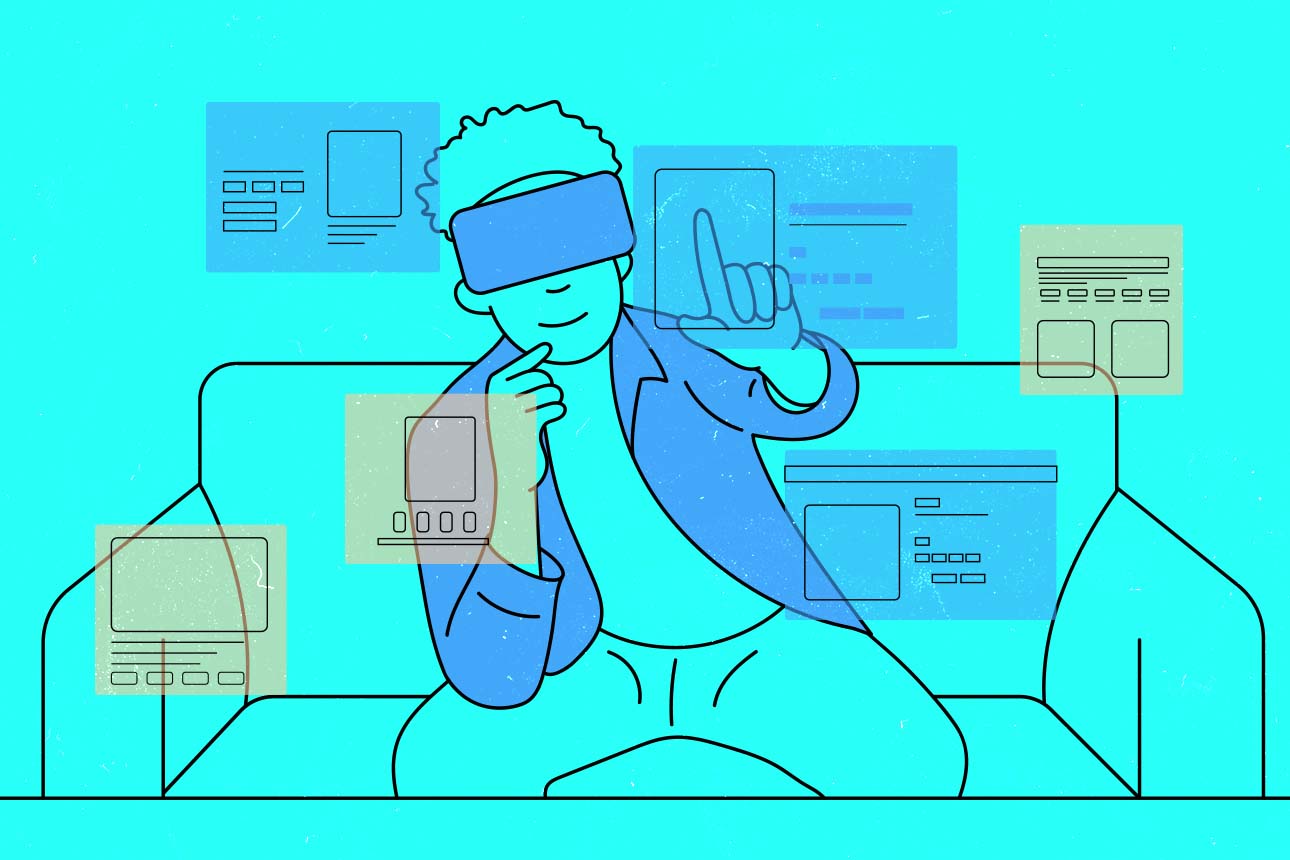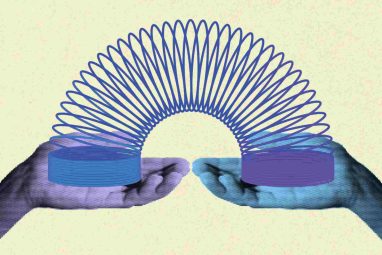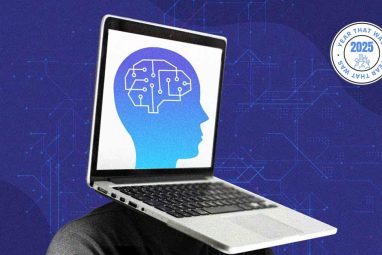Where Are AI Wearable Devices Headed?
NeoSapien, since its March 2025 launch, has sold over 1,000 units.
Topics
News
- Nexus Closes Eighth Fund at $700 Million for Early-Stage Bets in India and US
- Amazon to Pump $12.7 Billion into India’s AI and Cloud Expansion
- Anthropic Debuts Interviewer Tool to Understand How People Really Use AI
- IPL Tops Google’s Search List for 2025 as AI Breaks Into India’s Top 10
- TeamLease Names Suparna Mitra MD & CEO in Leadership Overhaul
- Apple Loses Top UI Designer as Alan Dye Joins Meta

OpenAI is venturing into consumer hardware with an AI device designed alongside former Apple designer Jony Ive. Reports say the project is running into significant technical challenges, and some philosophical ones too, that could push back its release. While OpenAI’s device aims to redefine personal assistants, the market is already buzzing with alternatives, including homegrown innovations from India.
Early 2025 marked a milestone for AI wearables in India when NeoSapien, founded by cousins Dhananjay and Aryan Yadav, made headlines on Shark Tank India Season 4. The startup secured Rs80 lakh from Namita Thapar, Executive Director at Emcure Pharmaceuticals Limited, for its AI-powered pendant, designed to enhance memory, productivity, and decision-making. Functioning as a personal AI assistant, the wearable captures and contextualizes everyday conversations, a feature that sets it apart in a crowded field.
In an exclusive conversation with MIT SMR India, Dhananjay Yadav, Co-founder and CEO of NeoSapien, explained the product’s vision: “NeoSapien is India’s first AI-native wearable, a personal assistant designed to capture and make sense of your everyday conversations. The idea stems from a simple insight: nearly 95% of our interactions are impromptu, while walking, chatting in elevators, or attending events, and most of these moments are lost. With NeoSapien, you can now retain these conversations contextually.”
Reflecting on OpenAI’s device delays, Yadav offered a perspective: “Building hardware takes time; it’s a long, iterative process. Even with the best teams, developing an original hardware product typically takes anywhere between 12 to 18 months before launch. When OpenAI first started talking about its device, the target launch was around 2026. Now, they’ve announced a delay but haven’t specified by how much. That’s not surprising, though. In hardware, delays are almost inevitable, especially when you’re building the very first version of a product. The initial version is always the most complex to bring to market.”
He added that he is excited to see what OpenAI eventually releases. From what he understands, they’re working on a companion device, something that’s always listening, always by your side, ready to assist whenever needed. They have mentioned this concept publicly, and it sounds like a fascinating direction for AI-powered hardware.
Global Competition in AI Wearables
NeoSapien faces competition from several emerging global players. The US-based Limitless Pendant captures insights from users’ lives while safeguarding privacy with a Consent Mode that records only approved voices. VComputer, recently acquired by Amazon, is expected to expand its offerings under the new parent. Plaud, by contrast, functions primarily as an audio recording device rather than a full-fledged AI assistant.
In a recent development, Amazon also acquired Bee, an AI wearables startup, according to a LinkedIn post by Bee co-founder Maria de Lourdes Zollo. South Korea’s VTouch has introduced the WIZPR ring, a voice-based AI wearable that lets users interact hands-free with ChatGPT and Gemini, useful for multitasking while driving, walking, or running errands.
Prices and features vary widely. The Bee wearable, priced at $50, requires no subscription, offers all-day recording, and has a seven-day battery life; it can be worn either as a clip-on or a wristband. The Plaud NotePin, costing $159 with a $20 per month subscription, records per meeting, lasts three days on a single charge, and can be worn as a clip, wristband, or lanyard. The Limitless Pendant, priced at $199 with a $29 monthly subscription, provides all-day recording, has a two-day battery life, and features a magnetic clip for easy wearing.
The Sales Story
The market momentum for AI wearables is clear. In September 2024, Dan Siroker, Co-Founder & CEO of Limitless, shared on LinkedIn: “We shipped 1,000 Limitless AI Pendants this week and thousands more are shipping very soon!” Plaud has also announced that its AI recording devices have sold over 1 million units worldwide.
NeoSapien, since its March 2025 launch, has sold over 1,000 units. Impressively, it has transcribed more than one million minutes of conversations and generated over 60,000 memories. Entrepreneurs, creators, and healthcare professionals have emerged as some of its most active users, appreciating the wearable’s ability to retain contextual conversations. Demand is growing not just in Tier-1 cities like Delhi-NCR, Bengaluru, and Mumbai, but also in Tier-2 hubs such as Gujarat.
Other companies like Rabbit and Humane AI have attempted AI-enabled wearables but have struggled to gain traction. San Francisco-based startup Based Hardware recently showcased its Omi AI wearable at CES 2025. Marketed as a productivity booster capable of automating daily tasks, the device is priced at Rs 7,640 (about $89) and is available for pre-order, with shipments expected in Q2 2025. Omi can be worn in multiple forms, reflecting the trend of flexible, user-friendly design.
Where is the Industry Now
Globally, the trend toward AI wearables is gaining traction, but companies face a universal challenge: building hardware is inherently complex and iterative. OpenAI’s delayed device is a reminder that even industry leaders must navigate the long development cycles, technical hurdles, and philosophical questions about products meant to live alongside humans all day, every day.
For Indian startups, this represents both an opportunity and a challenge. With the right mix of affordability, usability, and intelligent design, homegrown wearables like NeoSapien could carve out a niche in a competitive global market.




